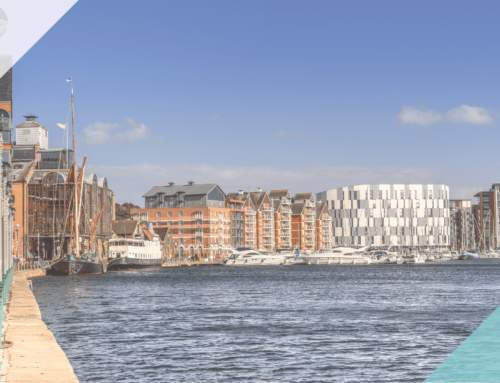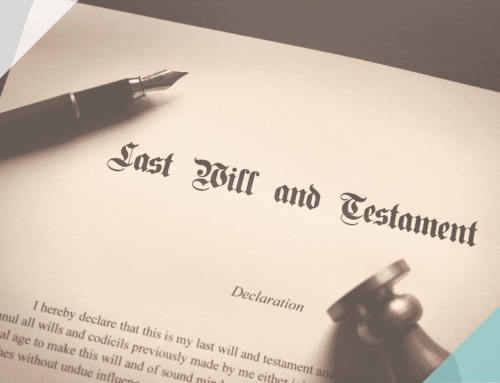Fearn and others (Appellants) v Board of Trustees of the Tate Gallery (Respondent) [2023] UKSC 4
The Supreme Court recently handed down its judgement in the long-running case of the Tate Modern viewing platform.
The claim was brought by flat owners whose properties are overlooked by the Tate Modern’s viewing platform which opened in 2016, 4 years after the flats were built. The Gallery had all necessary planning and building regulation consents to construct the viewing platform. The platform offers panoramic views of London and a direct line of sight into some modern apartments whose external walls are constructed almost wholly of glass.
The residents of those apartments claimed that the viewing platform created an actionable nuisance – a nuisance, broadly defined, is an act which caused substantial and unreasonable interference with a claimant’s enjoyment of their land.
In 2019 the High Court ruled in favour of Tate Modern.
In 2020 the Court of Appeal also ruled in favour of Tate Modern’s ruling that “overlooking does not fall within the scope of common law nuisance”.
The residents appealed this decision and the Supreme Court heard the appeal in December 2021.
It has taken over a year for the Supreme Court Judges to publish their decisions.
They have ruled in favour of the flat owners and declared that the Tate Modern Gallery are liable to the flat owners in the tort of nuisance.
The Judgment was a majority Judgment. Three of the Judges ruled in favour of the flat owners but two dissenting judgments were in favour of the Gallery.
The lead Judgment focused on the Tate Modern’s use of their land as a viewing platform. The Judge described this use as “not a normal use of land.” The Judge went on to say that if they had built flats overlooking the other flats then no act of nuisance would have been committed. However the Tate’s use of its land was different, if had invited hundreds of thousands of people every year to admire a view from a viewing platform, this was not, the Court found, common and ordinary use of its land, even in the context of an art museum in a built-up city centre.
The Supreme Court have referred the case back to the High Court to decide on what should happen next. However, it appears very likely that an injunction will be granted to stop the public from being able to see the flats from the platform and also an award of damages.
This is a landmark decision which will impact future cases where one person’s unusual use of their own land causes the owner of other land to suffer an unreasonable interference with their enjoyment of that land.
Attwells specialise in all aspects of property law and if you require any advice in relation to the law of nuisance please do not hesitate to contact us.





